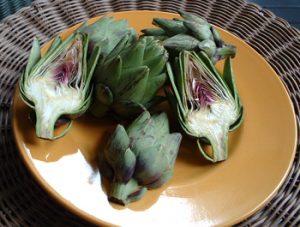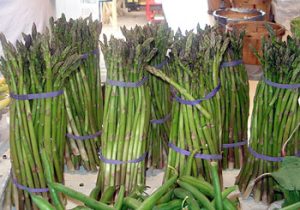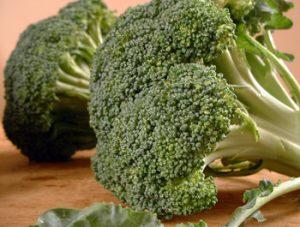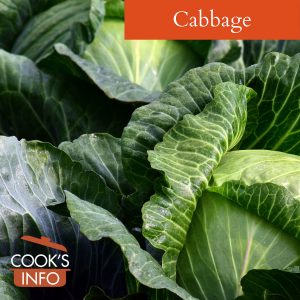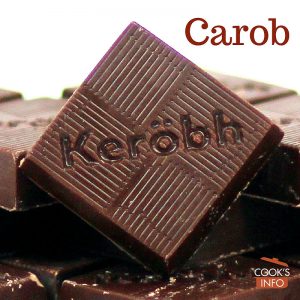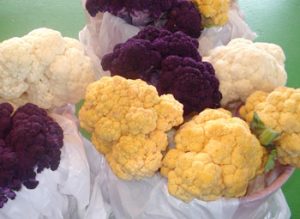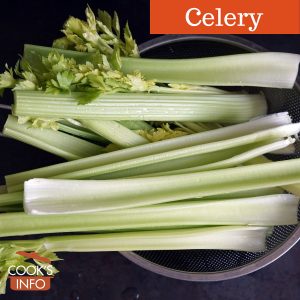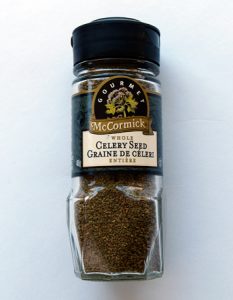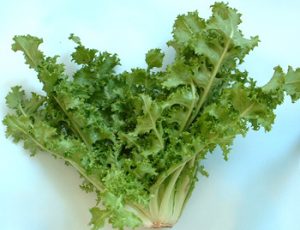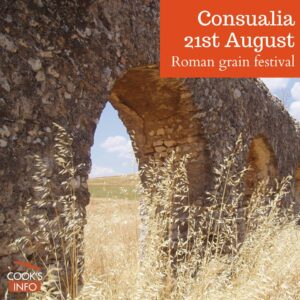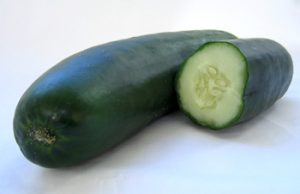Aioli is a thick creamy garlic sauce used in the cooking of Provence, France, and of Catalonia in Spain. It is usually served on the side at room temperature. It is often compared to mayonnaise in its texture, but it is not actual mayonnaise. It is mainly served with cold or hot boiled fish. It…
Roman Food
Allec
Allec is a fish sauce that the Romans made. It was the paste, or sediment, that was left at the bottom of the container or barrel that other fish sauces such as garum, liquamen or muria were made in. It would probably have had some small, undissolved fish bones in it, and indeed amphorae (jugs)…
Annurca Apples
Annurca Apples are grown in Campania, Italy, in the provinces of Naples (the area of Giuglianese-Flegrea), Caserta (areas of the Maddalonese, the Aversana and the Teanese), and in Benevento (areas of Caudma-Telesina and Tabiirno.) They are also grown in Avellino and Salerno. They are fragrant, small to medium-sized apples, oval shaped, and often somewhat flattened….
Anthimus: Author of the last Roman Cookbook
Anthimus wrote what is probably the last ‘cookbook’ to come out of the western Roman Empire, “De observatione ciborum.”
Artichokes
Globe Artichokes © Denzil Green Artichokes are thistles that haven’t blossomed yet. Inside a full-grown artichoke is the “choke”, which is the flower inside that has yet to come out. If the choke were permitted to break out in bloom, it would make a blue flower about 18 cm wide (7 inches.) You eat the…
Asparagus
Asparagus © Paula Trites Asparagus is a member of the lily family. The plants take three years of growing before they begin to produce marketable shoots, but the plant is perennial and will last up to 20 years, some say 30 to 50. In spring, on a warm day, you can almost watch the Asparagus…
Beer
Beer is an alcoholic beverage brewed with grains, water and yeast. There are many different types of beer, the two most well known being Ales and Lagers. Ale is brewed with ale yeast, which reproduces on the top of a vat of beer, and needs warmer temperatures to work in. It leaves some sugars unconverted…
Birthday of Rome
The 21st of April is the birthday of the city of Rome. It is an ancient holiday, celebrated for thousands of years, and marked with great festivities and feasting.
Bread
Bread is a carbohydrate-rich food baked from a dough made from flour (typically wheat flour) mixed with a liquid, typically water or milk. Bread can be used as a food item in itself, eaten out of hand, or used as an ingredient in other dishes such as sandwiches, bread pudding, bread sauce, etc. See also:…
Breakfast Radishes
Breakfast Radishes © Denzil Green Breakfast Radishes are often called “French Breakfast Radishes”, particularly in North American seed catalogues. In the UK they are just called Breakfast Radishes. These radishes are a red, oblong radish tapering to a whitened tip. They are generally about 4 to 5 cm long (1 ½ to 2 inches), though…
Broccoli
Broccoli © Denzil Green Broccoli is a member of the brassica clan, and so is related to cabbage, cauliflower, Brussels sprouts, etc. What we know today as Broccoli — the kind that is standard in North American and UK supermarkets — is the Calabrese variety developed in Italy. There are actually other types of Broccoli…
Cabbage
Cabbage is a leafy plant with a short stem. The leaves can be pale or dark green, or purple / red. The leaves generally form a compact sphere in the centre. In cooking, cabbage is used as a vegetable in savoury dishes. It can be eaten cooked, raw, or pickled. It is a biennial plant…
Cardoons
Cardoons are a vegetable in the same family as artichokes. The plant is perennial, with silverish green leaves and stalks, and can grow up to 7 feet (2 metres) tall. Most stalks are straight, but the curved ones are the most desired. The stalks look like celery, with the ridges on them. The ridges are…
Carob
Carob as we now think of it in the West is a dark brown bean flour ground from carob beans. In the Western food world, it has been promoted as a chocolate substitute since at least the 1970s. The carob tree is an evergreen tree which grows up to about 15 metres tall (50 feet)….
Caroenum
Caroenum is a Roman liquid sweetener made by simmering grape must until it has been reduced by ⅓ of its original volume. Nowadays, substitutes are made in various ways. You may wish to compare Defritum, Caroenum and Sapa. Substitutes Reduce 500 ml of wine to 200ml. Add 2 tablespoon honey, and salt to taste. Note:…
Cassia
Cassia is a cinnamon substitute that has been used for thousands of years. Cassia has a sharper taste than cinnamon, and is a dark reddish-brown, while true cinnamon is tan-coloured. It comes from China and Indonesia, while cinnamon mostly comes from Ceylon. Many North Americans have actually developed a taste preference for Cassia, as that…
Cauliflower
Cauliflower Varieties © Paula Trites Cauliflower belongs to the cabbage family. Though its name means “cabbage flower”, it is not just a flowering cabbage. It is formed from natural flowers on the cauliflower plant which have been encouraged over centuries to gather together and create a large mass of what is called “florets” or “curd.”…
Celery
Celery is a green vegetable grown for its stalks and leaves. Its most popular use is to impart its flavour to a dish.
Celery Seed
Celery Seed © Denzil Green Celery seed doesn’t actually come from the same celery plant that we eat. The ancestor of celery is a plant called “smallage” or “Wild Celery.” It is still grown in its own right in Asia, where they prefer the stronger flavour. From smallage, two descendants evolved with the help of…
Cerealia
The 12th of April is the start of Cerealia. It was a Roman festival celebrated for many centuries to honour Ceres, the goddess of agriculture, grain and the harvest. It has been revived in modern times.
Chicory
Chicory © Denzil Green There is a fair bit of confusion about what Chicory is. All types of Chicory are a member of the Endive family. They can be annual or biennial plants. After that, the confusion begins. Chicory as a green leafy veg in its own right Chicory is a green leafy salad veg….
Consualia
The 21st of August was the Roman festival of Consualia, marking the start of the grain harvest. Fun, rustic games were held in the Circus Maximus.
Cucumbers
Cucumber © Denzil Green Cucumbers are in the same family as other squashes such as zucchini, pumpkins, watermelon, etc. They have a high water content, which keeps them cool and moist inside. This may be one of the reasons they are such a summertime favourite — and may be where the phrase “cool as a…
Date Vinegar
Date vinegar is made from date juice. The juice is allowed to ferment into alcohol. Then, vinegar starter is added and it is allowed to stand to convert into vinegar. Both red and white date vinegars are available. Popular in the Middle East, particularly in Iran. Cooking Tips Particularly nice splashed over tomato slices. History…



